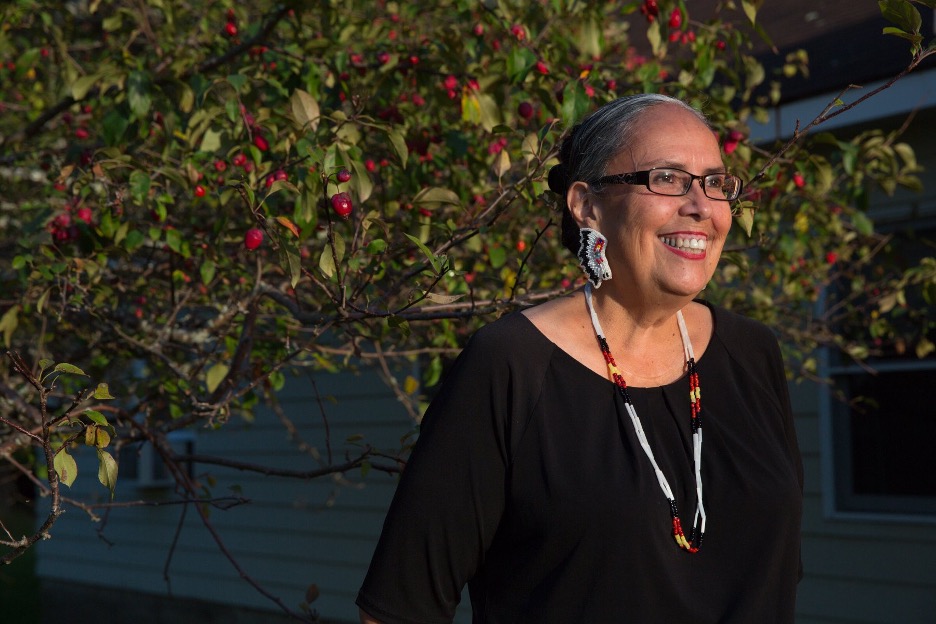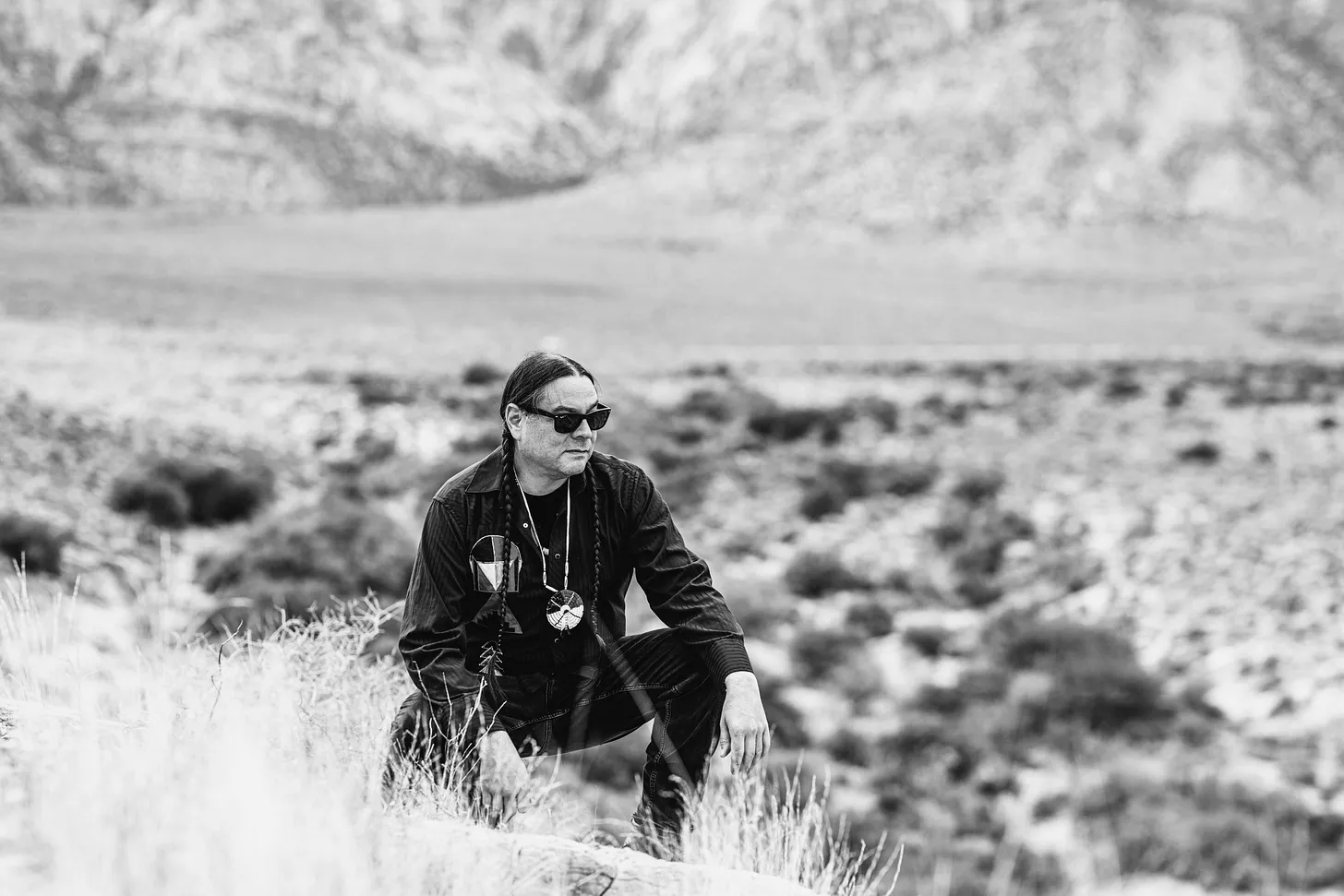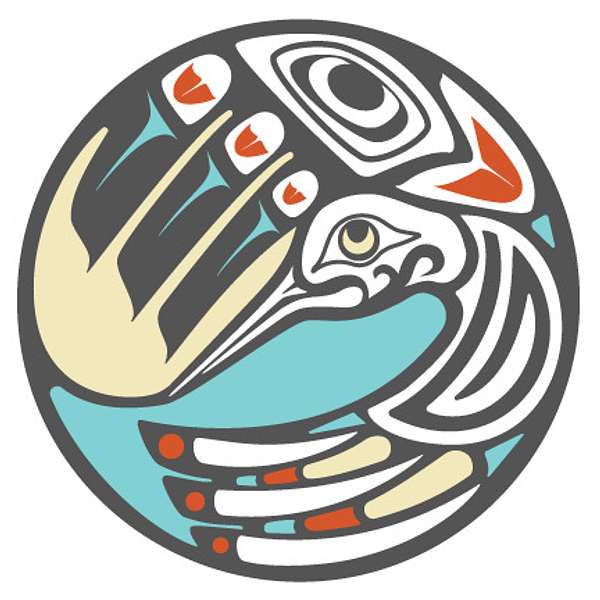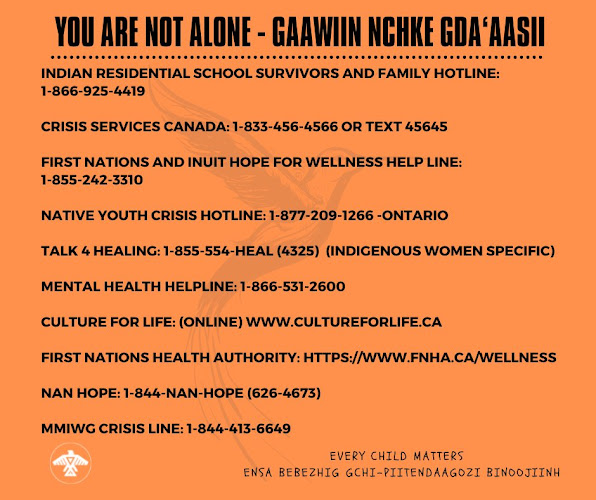
Hoping to offer a rare in-depth look into how placing children for adoption impacts the lives of Indigenous birth mothers, a group of researchers is continuing efforts to document the experiences of American Indian and Alaska Native women.
Their study, believed to be the first of its kind, focuses on mental health and grief. The research is being carried out in stages and has already surfaced several themes, including “ambiguous loss” — “a stressful and traumatizing’’ event that occurs when there is “no verification, closure, rituals for support, or resolution.’’
A small sample of Indigenous birth mothers informed the study’s initial findings, originally published in a 2022 peer-reviewed article in the Family Process journal. Now, researchers intend to expand their work by surveying a larger number of Indigenous mothers and further examining the roles of culture and history. Participants are being recruited online, and through word of mouth and flyers being distributed throughout rural and urban Indigenous communities.
Understanding the systemic challenges that lead to Indigenous women’s children being placed for adoption might ultimately help inform future child welfare and adoption practices, said Sicangu Lakota elder Sandy White Hawk, lead investigator. Such insights might also lead to a better understanding of the specific support Native birth mothers need during and after an adoption, researchers said.
“It is my hope that it will motivate policy change on child removal — that child welfare will begin to focus on family healing rather than child removal,” White Hawk said.

White Hawk’s interest comes from a personal place — she was adopted at 18 months old. She is the founder and director of the Minnetonka-based First Nations Repatriation Institute, which helps Indigenous people impacted by adoption or foster care reconnect with their families and identities.
For the study’s initial phase, her team interviewed eight women from Minnesota, Washington, New Mexico, North Dakota, Alaska, Oregon and Wisconsin. Researchers acknowledged the small sample size but said the interviews yielded “rich data’’ nonetheless.
Researcher Ashley Landers said previous studies involving the impact of foster care and adoption on birth mothers have mainly centered on the lives of white mothers.
“I don’t think it’s by chance that no Native birth mothers were included in birth parent research prior to this,” said Landers, an associate professor in the Department of Human Sciences at Ohio State University. “Their part of the story has been largely omitted — Native birth fathers have also been omitted, and the larger Native family impact is oftentimes not part of adoption research.”
History weighs heavily on the experiences of Indigenous birth mothers, making them “distinct from other races as they have been disproportionately exposed to systemic practices of forced child removal,’’ White Hawk’s team posited in the 2022 published article. Culprits include U.S. policies that coerced parents into relinquishing their children to boarding schools, and the Indian Adoption Project — a federally funded effort in the mid-20th century to force the assimilation of Native American children into white families.
Also harmful, they wrote, is the ongoing disproportionate removal of Native children from their parents through the country’s child welfare systems.
Taking this broader cultural context into account is crucial to understanding how adoption impacts the well-being of Native women, whose grief may be complicated by intergenerational trauma, researchers wrote. Two of the original study participants grew up in foster care, and one is a descendant of boarding school survivors.

In all, the eight study participants were between the ages of 33 and 77 at the time of the survey. Each had experienced separation from a child through adoption or foster care between 1959 and 2010.
Birth moms bear witness
The eight birth mothers lost a combined 10 babies under age 1 to adoption. Most of the children were placed in adoptive homes at birth. Only two children grew up in a Native adoptive home.
A majority of those interviewed were 23 years old and younger when they gave birth. A Washington state birth mother was 13 years old and in foster care when she became pregnant. Her foster mother put her into a home for “unwed mothers,” the woman reported.
Some tried to hide their pregnancies out of a sense of shame or fear of repercussions. They lacked essential resources, such as income and family support. Some had struggled with homelessness.
Many women said they “felt expected” to give up their babies and reported being pressured by parents or partners, according to the published study. Others were afraid to keep their infants because they were in an abusive relationship.
In terms of the events that contributed to a sense of ambiguous loss’ among the women, several recalled being denied the opportunity to say goodbye. A lack of closure also occurred in cases in which mothers said they were told the adoption would be “open,’’ but those agreements were not upheld. Some reported being confused. It didn’t occur to them that their time after giving birth would be the final moments they would see their babies.
Researchers also queried the women about their mental health and well-being following the adoptions. Feelings expressed included guilt and unresolved grief that lasted years. A Minnesota woman shared how her experience led to a lifetime of self-imposed isolation.
“I don’t have a lot of people close to me — from that fear of losing family and fear of losing my daughter, and I don’t have the best relationship with my kids,” she said.
Depression and anxiety were common, and some reported substance abuse challenges that were either pre-existing and exacerbated by the adoptions, or began afterwards.
“I wasn’t a drug user or an alcohol user until that happened,” a birth mother from Oregon said. “This was drinking to get so drunk that you fall asleep or getting high and just throwing yourself into really bad situations because you don’t want to deal with what you’ve been through.”
Not every experience reported was negative. Some mothers said the schools, social services agencies or churches facilitating their child’s adoption were helpful. A woman from New Mexico said in her case, they “made all the arrangements.”
And a few birth mothers reported feeling “relief” after the adoption, and that they had done “the right thing.’’
“I was so young, and I was like, can I really be a parent…I think adoption might be the best route,’’ one woman said. “I think about it now, and how brave I was to do that.’’
“We forget about our birthmothers. They carry tremendous guilt and shame, many of them for being in the wrong place at the wrong time, when they were targeted by institutions and professionals disguised as helpers.”
— Researcher Ashley Landers
Five women voiced a common belief that “culture as medicine” allowed them to assuage the pain of giving up their children and was a key component of their resilience.
“As an adult I got back into my culture and, fortunately, when I got back into my culture was when I started speaking candidly about my past,” the Minnesota mother said. “So, I think it’s helped.”
Next steps in the research
Landers said the next phase of research will document additional instances of perceived coercion and examine how birth mothers navigated their lives over time. The goal is to recruit at least 20 participants for the new survey, but researchers have the capacity to include up to 50 women, she said.
Opinions from birth mothers about how best to facilitate healing will also be solicited. “Talking circles,” which are built around women with shared experiences, was one example mentioned in the 2022 article.
Landers said, researchers want to know how to help Indigenous birth mothers recover from ambiguous loss. This information will be presented to tribal leaders and the larger Native community, through national conferences and other forums.
“We forget about our birthmothers,” Landers said. “They carry tremendous guilt and shame, many of them for being in the wrong place at the wrong time, when they were targeted by institutions and professionals disguised as helpers.
“I am not sure there is a way to right the wrongs that have been done to Indigenous birth mothers and their children,’’ she continued, “but acknowledging their suffering is a step in the right direction.”























No comments:
Post a Comment
Please: Share your reaction, your thoughts, and your opinions. Be passionate, be unapologetic. Offensive remarks will not be published. We are getting more and more spam. Comments will be monitored.
Use the comment form at the bottom of this website which is private and sent direct to Trace.